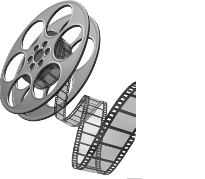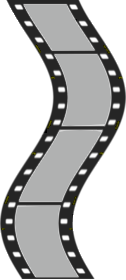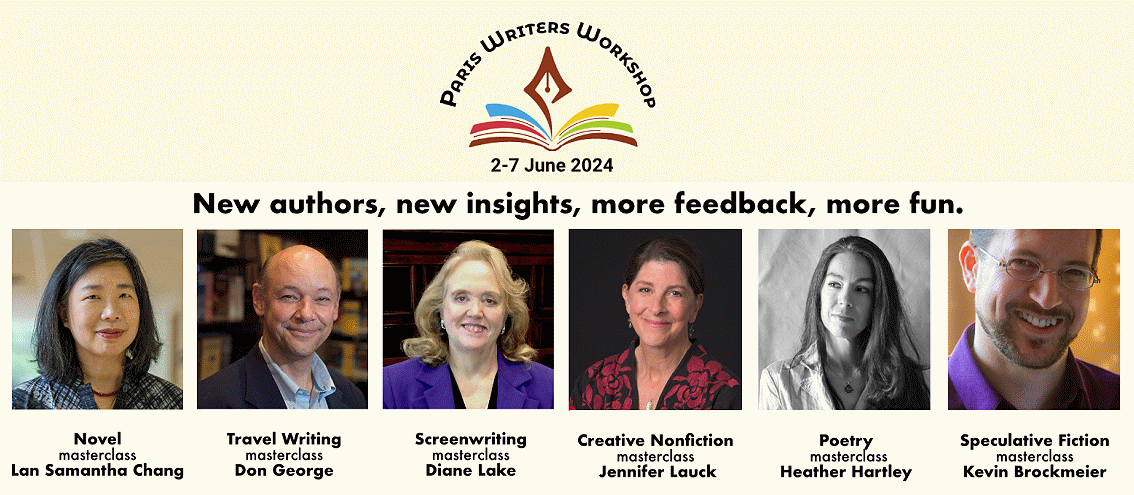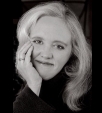
From Idea to Script to Sale





Before I get to today’s blog…
Thinking about doing more with your writing? Why not join me in Paris June 2-7 for my Masterclass in Screenwriting? Come be part of a dynamic community of writers and literary agents to learn, to write, to network, to energize your literary goals—and just to have fun in the City of Light!
The Paris Writers Workshop is the longest running literary program of its kind. This program offers 6 masterclasses by renowned authors, each a specialist in their field—and I’ll be teaching the Screenwriting Masterclass—in English, of course.
The workshop will be held at Columbia University’s beautiful Reid Hall campus in the heart of literary Paris—Montparnasse.
Registration is now open: https://wice-paris.org/paris-writers- workshop
We’ll have a great time getting your story ideas off the ground!!

Women in Film: The Bechdel Test and Beyond
Last week I began our new topic for 2018, Women in Film, by discussing the Bechdel Test—the test that helps determine whether films are biased when it comes to gender.
In the application of the Bechdel Test and in the studies of other organizations like the Geena Davis Institute on Gender in Media, the statistic that keeps popping up is that only 30% of characters in film are female—easy math to see that that’s less than 1/3, right? Another analysis of over 2,000 screenplays of commercially successful films showed that men had two out of three of the top speaking roles in 82% of films. That means women figured into the top two roles in films only 18% of the time.
But as the Bechdel Test and others like it look only at how many women appear onscreen in a film, they don’t deal with perhaps the even larger question of how many films have female leads. That study of over 2,000 films that were commercially successful showed that females had the most dialogue in only 22% of films. That means men had the most dialogue in films almost 80% of the time.
To get even more specific, the Center for the Study of Women in Television and Film at San Diego State University tells us that in 2014 only 12 percent of films had a female leads.
12%
That’s so appalling it’s hard to type. But things got better in 2015 when that number jumped to 22%. Then, in 2016, the number leapt to 29%.
Progress, right? Well… baby steps. Because that means that just over 1/4 of our films have female leads… meaning close to 3/4 have male leads—men continue to dominate the stories we choose to tell.
Why are men’s lives considered to be more important? If we’re looking at films made in countries where women still have to cover their faces if they go outside their home, that society has already put a veil over women’s lives, has hidden those lives behind a screen—so if that country’s films had primarily male leads, we could understand it perhaps a little better.
But here? In the land of the free? Or wait a minute, what if we aren’t so free?
What if the lack of female leads is just a symptom of how women are perceived in our society… a symptom of our second-class status.
The recent rush of women in the entertainment industry coming forward with stories of sexual misconduct by men who held power positions over them is staggering. One of the things it tells us is that women haven’t been ‘free’ in the world of film, free from sexual harassment, free from bullying… and if too many men in power see women as objects to be harassed or bullied, that says a lot about these statistics, doesn’t it? It says that too many men in power in the film industry just don’t see women’s lives as important fodder for the films they make.
It would be great if this was shocking—but I don’t think it is. We kind of hear it and go, “yeah, it’s a male-dominated business” and we sigh and move on.
But what if we didn’t just move on? More on that next week.
Copyright © Diane Lake
14Jan18